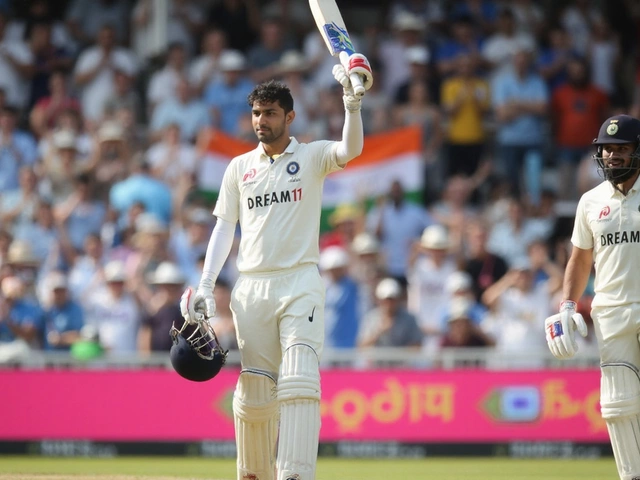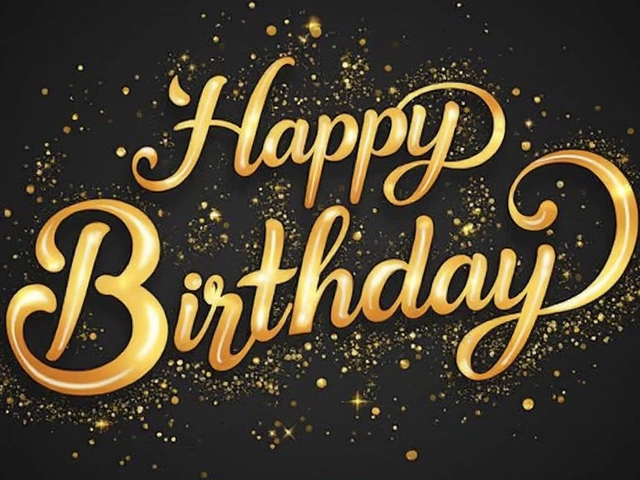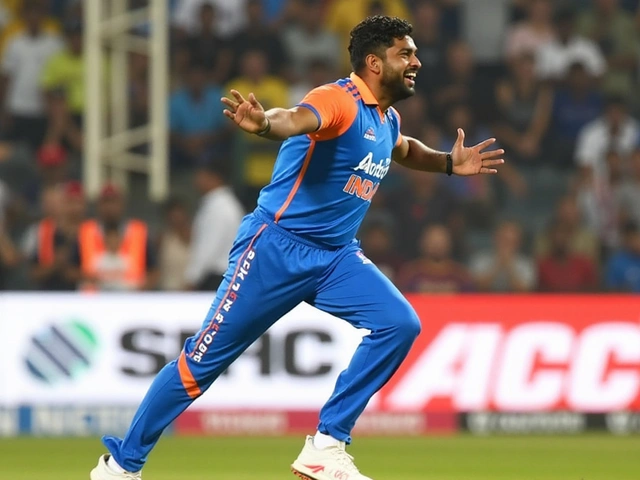Maharashtra Festival Highlights – What to See, Eat and Do
If you’re curious about the vibe of Maharashtra, look at its festivals. They mix religion, history and street food, and every celebration feels like a giant party. Below you’ll find the most popular events, when they happen, and simple ways to join in without feeling lost.
Top Maharashtra festivals you can’t miss
Gudi Padwa marks the Marathi New Year, usually in March or early April. People raise a colorful stick called a ‘gudi’ outside their homes, wear bright clothes and eat sweet ‘puran poli’. The streets of Pune and Mumbai fill with folk music, so walking through a local market is a quick way to feel the spirit.
Ganesh Chaturthi is the biggest crowd‑puller. The festival lasts ten days, and each night a giant Ganesh idol is taken to the sea for immersion. In Mumbai’s Lalbaug and Pune’s Shaniwar Wada you’ll see massive processions, dancing, and a flood of modak sweets. Grab a plate of these sweet dumplings and watch the fireworks – it’s the real deal.
Diwali in Maharashtra shines a little brighter because homes are lit with oil lamps, and the city’s markets burst with crackers and rangoli designs. While Diwali is celebrated across India, Maharashtra adds its own flavor with special sweets like ‘karanji’ and ‘shrikhand’.
Makar Sankranti falls in January and is all about kite flying. Beaches in Raigad and coastal towns become sky‑filled with colorful kites. Local stalls serve til‑based sweets such as ‘tilgul’ – a crunchy treat you can share with friends.
Eid‑ul‑Fitr and Christmas also have a strong presence in Maharashtra’s mixed communities. In cities like Nagpur and Ahmednagar you’ll find communal feasts, street lights and songs that bring everyone together.
How to enjoy Maharashtra festivals like a local
First, check the local calendar. Maharashtra’s government releases official dates a month ahead, and most news sites repeat them. Mark the days on your phone so you don’t miss a surprise celebration.
Second, dress comfortably. Light cotton works for summer festivals, while warm layers help during January events like Makar Sankranti. If you’re invited to a religious ceremony, modest clothing – no short shorts or sleeveless tops – shows respect.
Third, try the street food. A plate of ‘vada pav’ near a Ganesh procession, a bowl of ‘pithla bhakri’ at a Gudi Padwa gathering, or a fresh coconut water on a Diwali night are all easy ways to taste the culture.
Fourth, use public transport. Buses and local trains run extra trips during big festivals, and they cost less than taxis. If you’re staying near a major venue, you can walk – the crowds are lively but manageable on foot.
Finally, be ready for crowds. Festivals draw locals and tourists alike, so keep your belongings close and stay patient. A smile and a polite “Namaste” or “Namaskar” goes a long way when you ask for directions or a photo.
Those simple steps let you join the celebrations without feeling out of place. Whether you’re watching the Ganesh immersion on the waterfront or flying a kite on a salty breeze, Maharashtra’s festivals give you a front‑row seat to India’s most colorful traditions.
Plan ahead, eat local, and soak up the music. You’ll leave with memories, new friends, and probably a few extra pounds from the sweets – and that’s exactly how a Maharashtra festival should feel.
Narali Purnima 2025: Why Coconuts Rule Maharashtra’s Coastal Festival
Narali Purnima 2025 arrives on August 9, bringing together Maharashtra’s coastal communities to honor Lord Varun by offering coconuts at the sea. The festival signals the end of monsoon, safe fishing, and close bonds among families. Ancient rituals like the sacred thread ceremony and eco-friendly practices make this event a colorful blend of tradition and environmental awareness.





